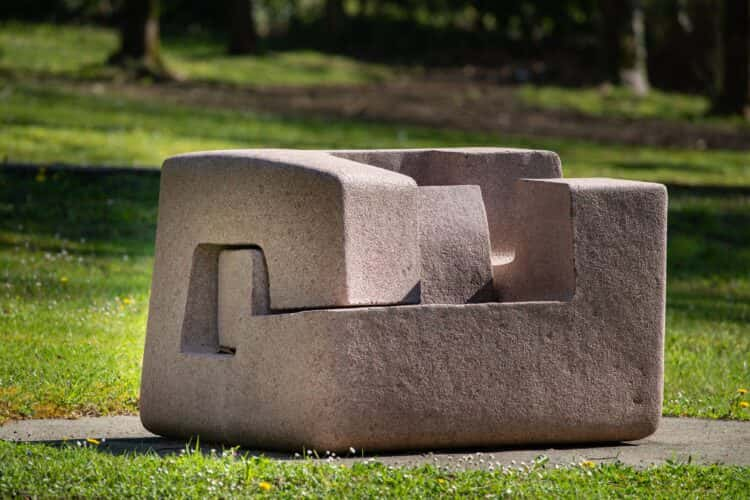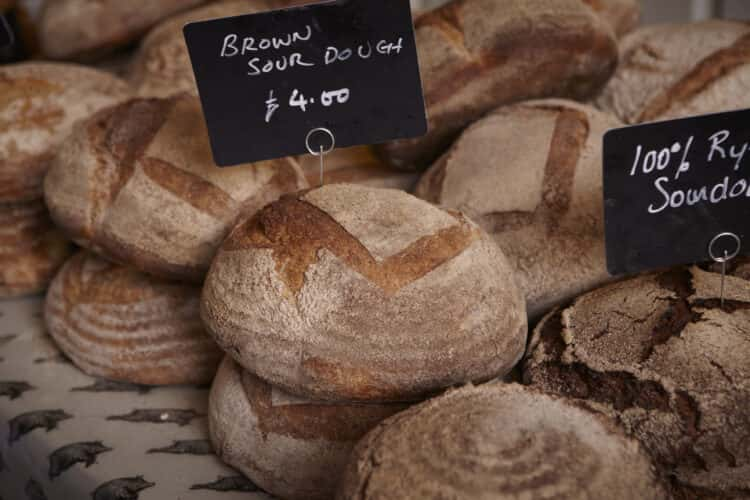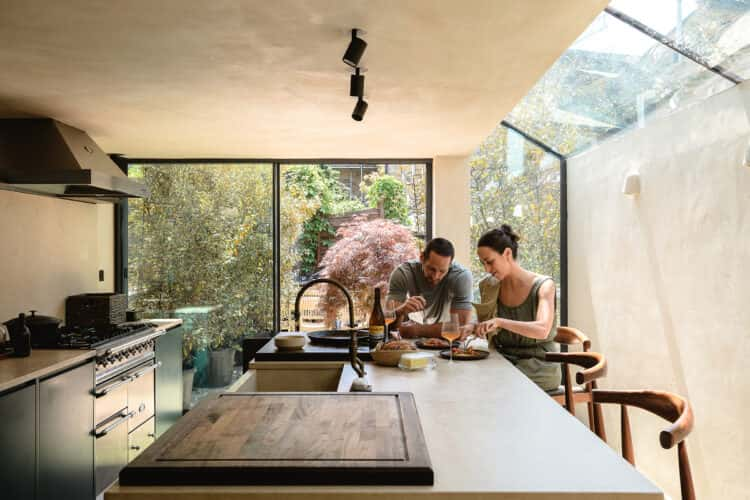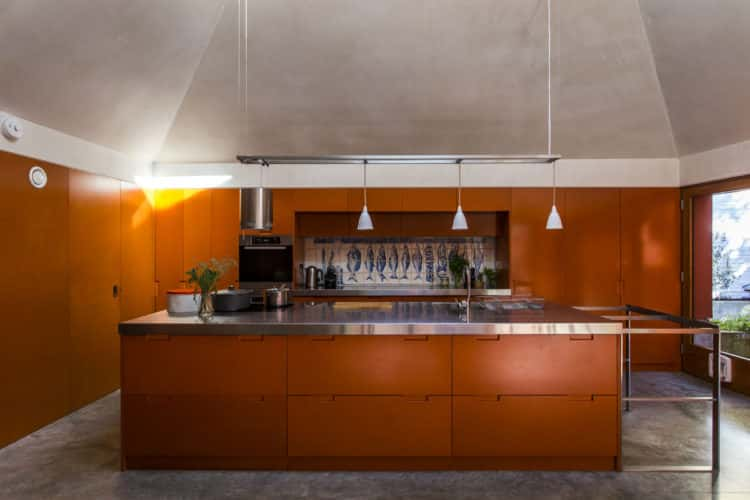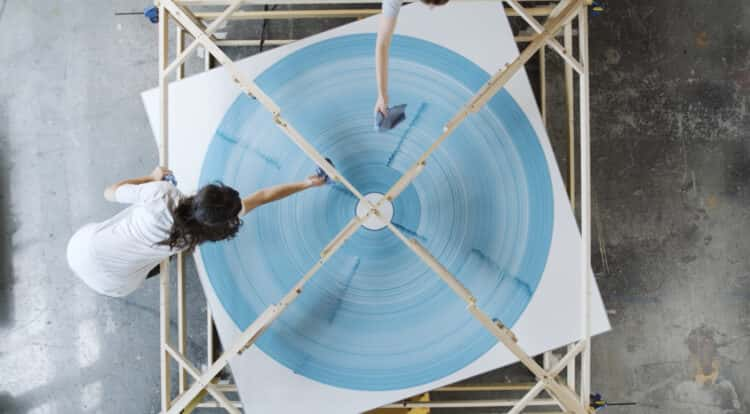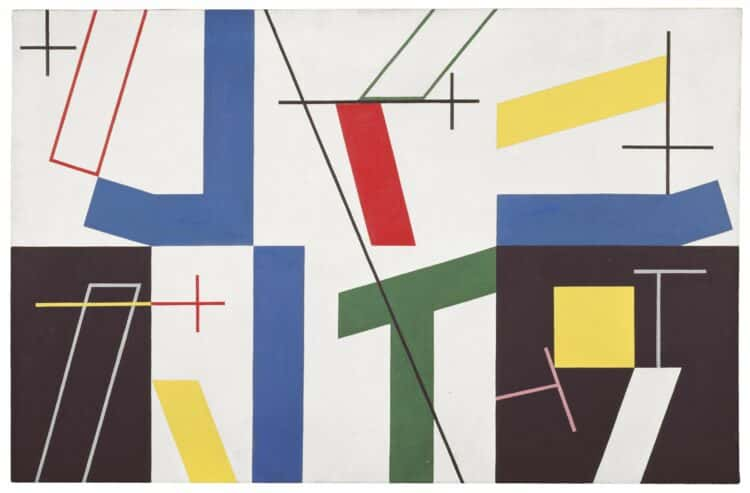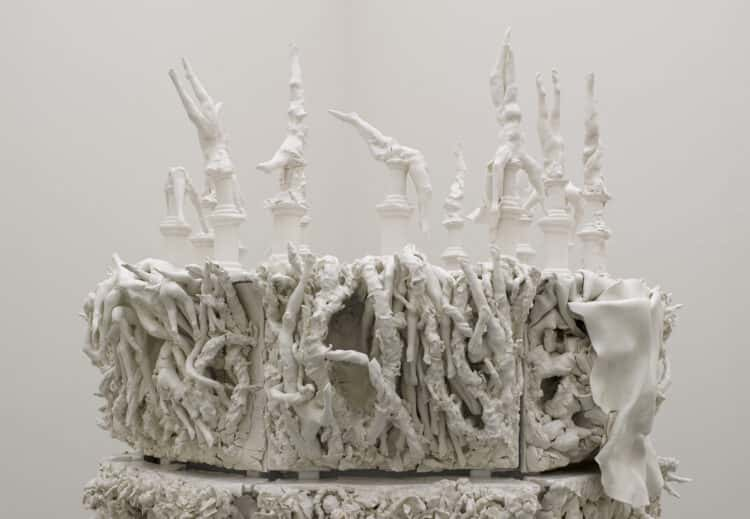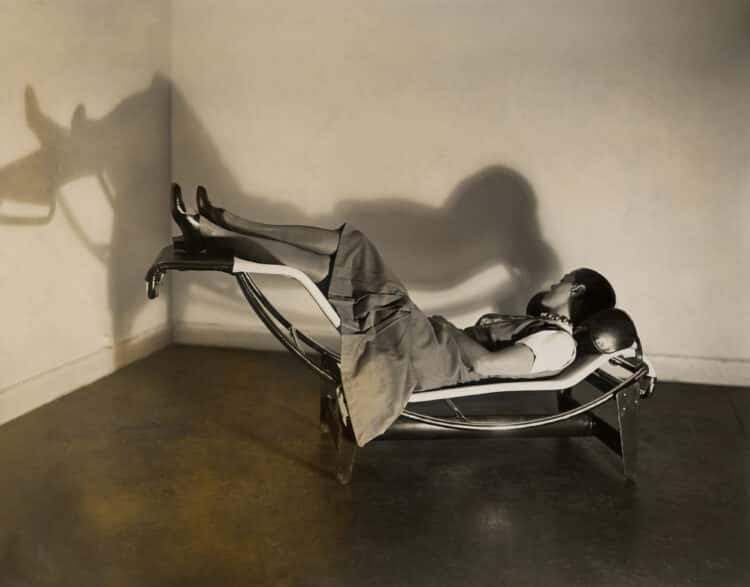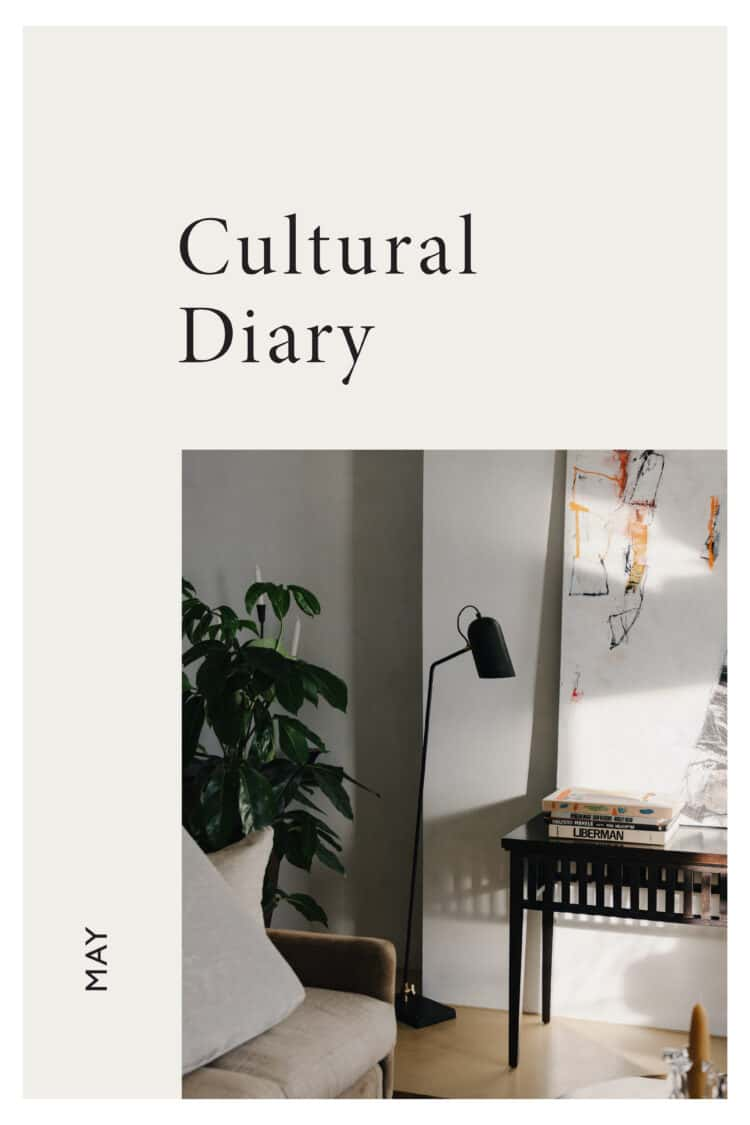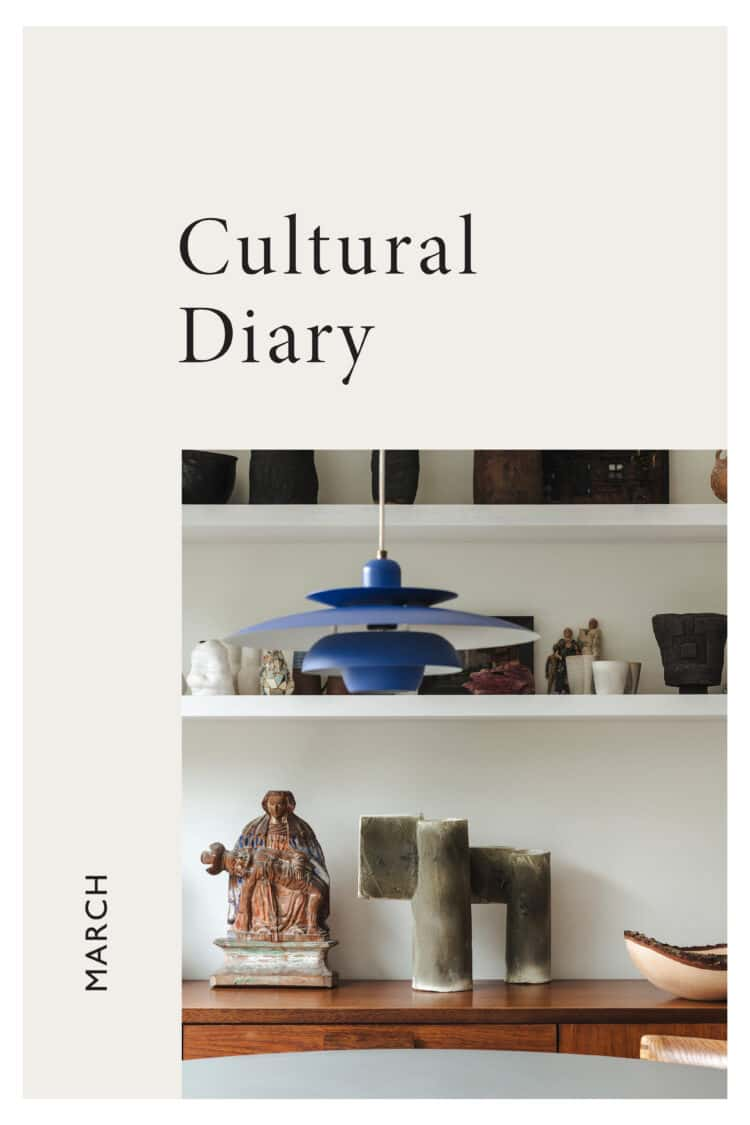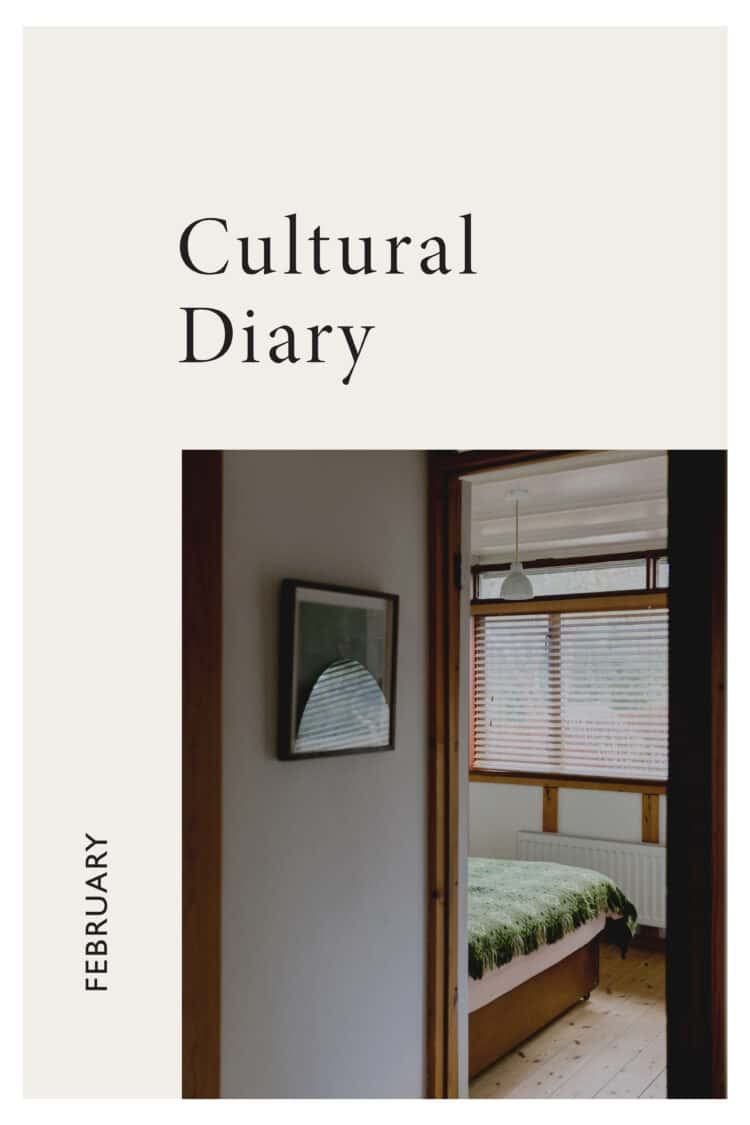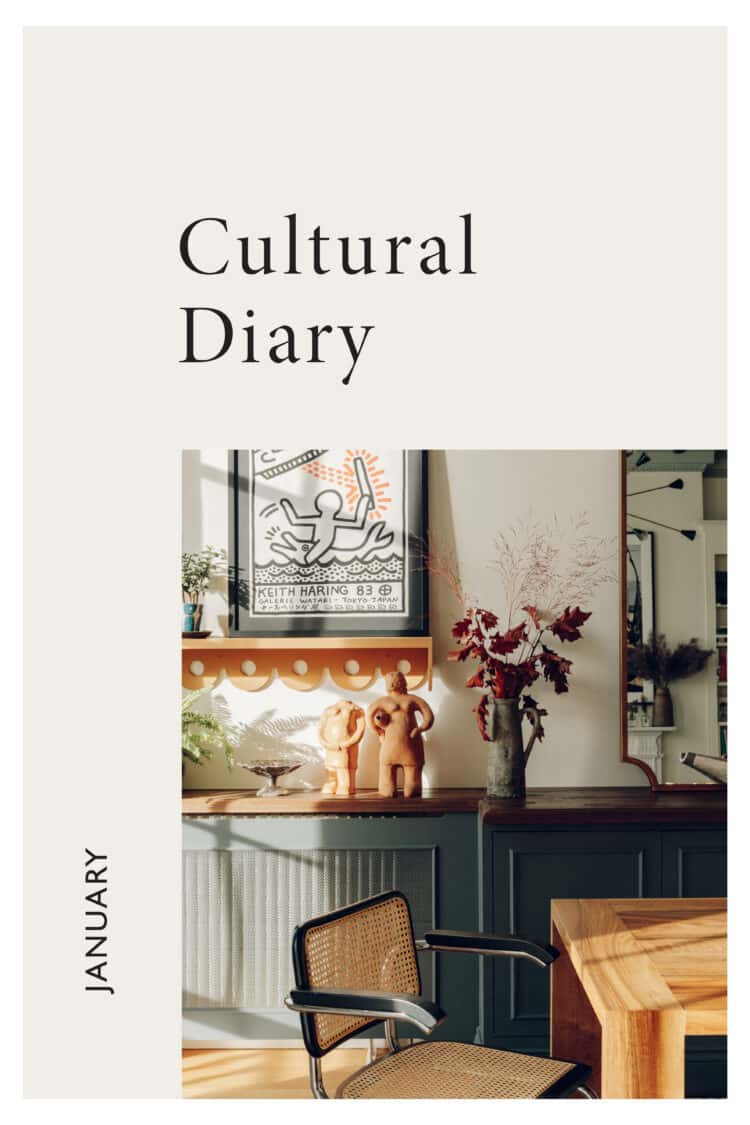How Eduardo Chillida created a sense of time and space
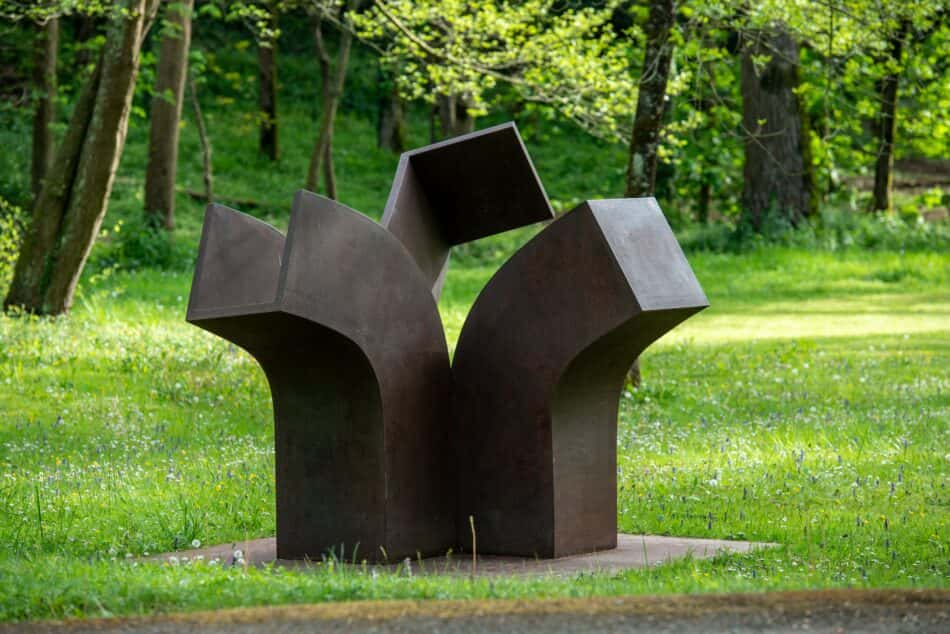
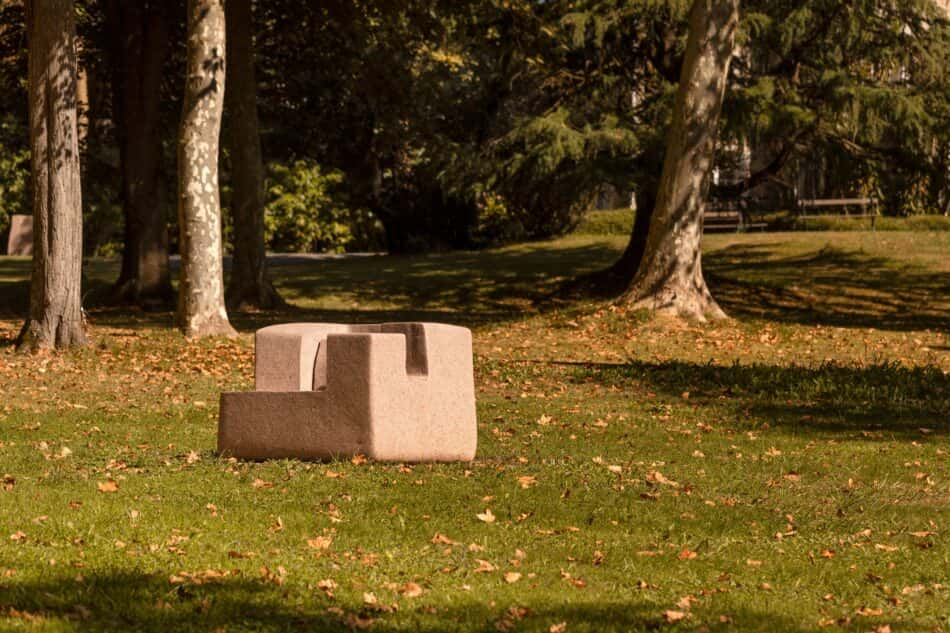
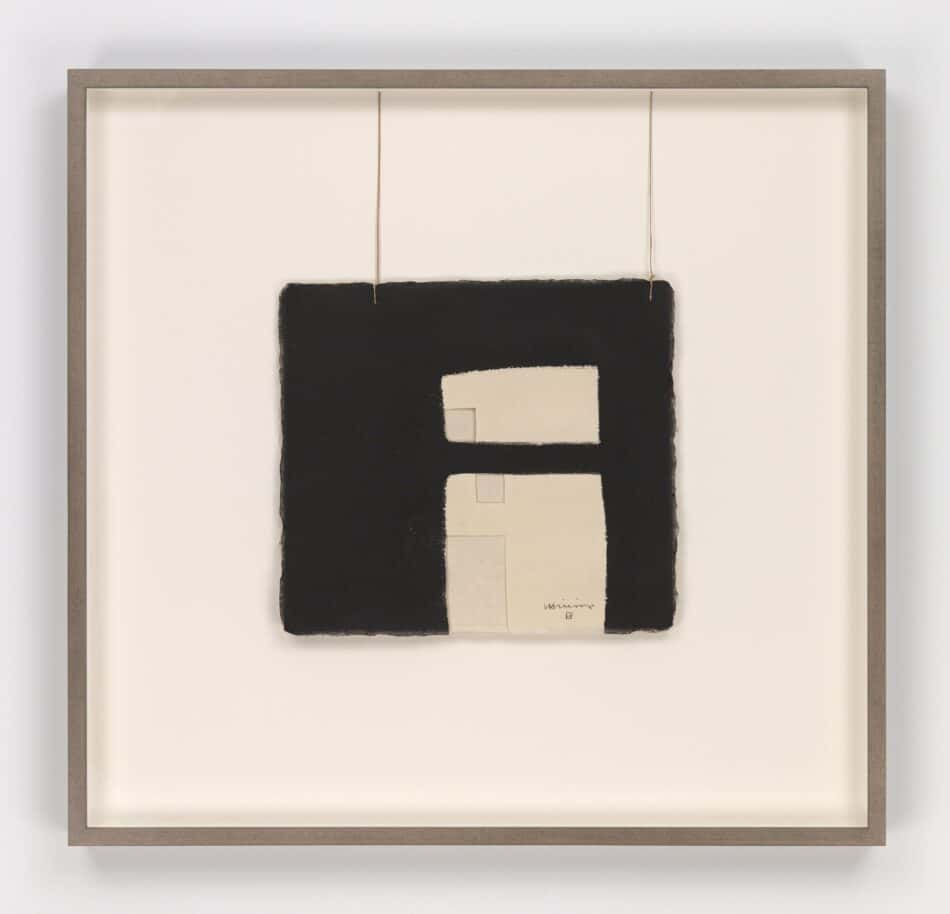
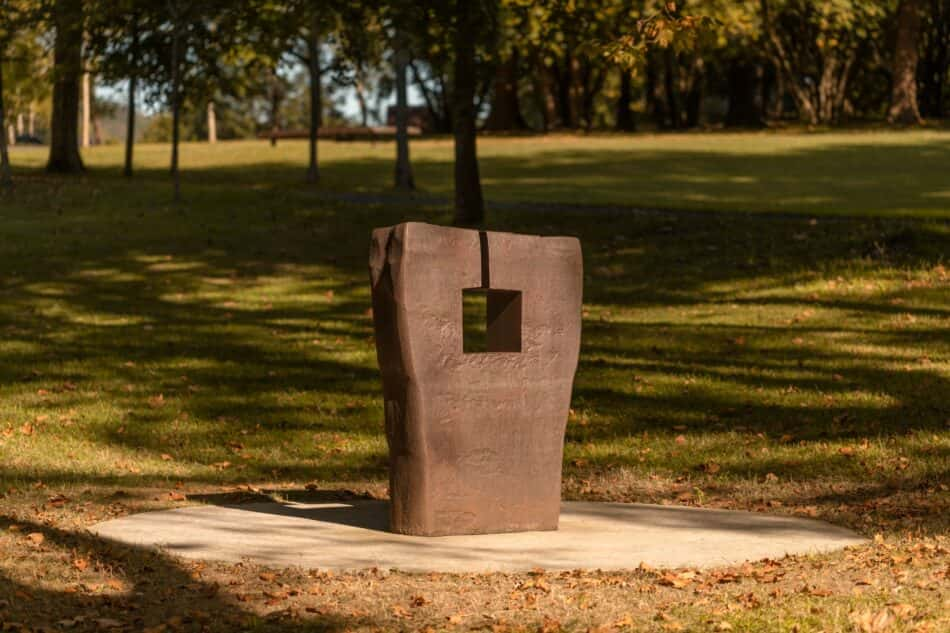
Before he became one of the most celebrated European sculptors of the 20th century, Eduardo Chillida studied architecture at the University of Madrid; before that, he was a goalkeeper at the San Sebastián football club Real Sociedad. Whether or not the skills he picked up as a goalie influenced his monumental abstractions is hard to say, but his understanding of scale and interconnected spaces and forms certainly did. A new exhibition at Hauser & Wirth Somerset invites viewers to encounter the late Basque-born sculptor’s seminal creations indoors and out. Key works in plaster, wood, steel, iron, stone and clay, dating from 1949 to 2000, will be displayed in the original farm buildings and amongst the leafy green landscape.
In the 1950s, Chillida created plaster and bronze works inspired by the ancient Greek sculptures he’d come across in the Louvre during a brief stint in Paris. But it was back in his hometown of San Sebastián in the 1960s that he truly came of age as a sculptor. With the help of the local blacksmith, he began to forge and manipulate iron, a substance rooted in the Basque craft tradition. He created more geometric, simplified forms that appear to be both solid and weightless.
Chillida went on to produce sculptures that are as lyrical and delicate as they are large and unwieldy: a solid block with cut-out chambers; a rectangular slab with both sharp edges and rounded curves; a monolithic hunk of metal suspended in mid-air. He rebelled against gravity and made works that – despite their bulk – appear to float like feathers. He was interested in music, poetry, literature. Following his meeting with the German philosopher Martin Heidegger at the 1968 Venice Biennale, he engaged with philosophy and spirituality, considering the relationship between humans and nature and the gradual impacts of time on raw materials.
Chillida always made use of his surroundings, whether natural or man-made. One of his most admired public works is The Comb of the Wind (1977), a set of three steel forms anchored to the wave-lashed rocks at the western fringes of San Sebastián’s La Concha beach. In the 1980s, he bought a piece of land on the outskirts of San Sebastián that later opened as Chillida Leku, a museum and sculpture park that invited the public to encounter his works in a natural environment. “One day I dreamed I was in a utopia,” he said, “a space where my sculptures could rest and people could walk among them as if it were a forest.” In 2019, after an eight-year closure, Hauser & Wirth supported the reopening of the museum, and this exhibition in Somerset will be the first exchange project between the two cultural institutions.
Eduardo Chillida is at Hauser & Wirth Somerset from 26 June 2021 until 3 January 2022.
